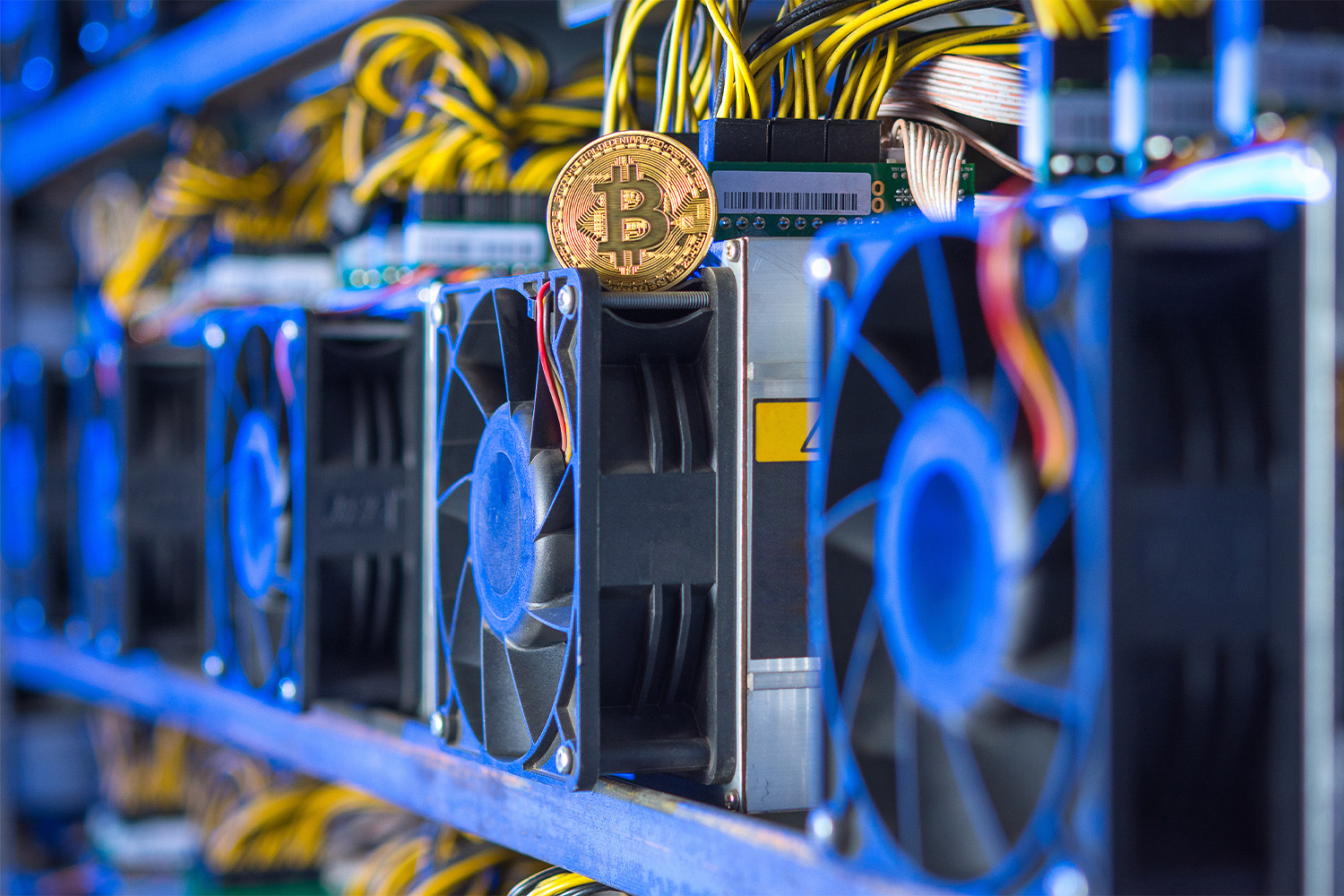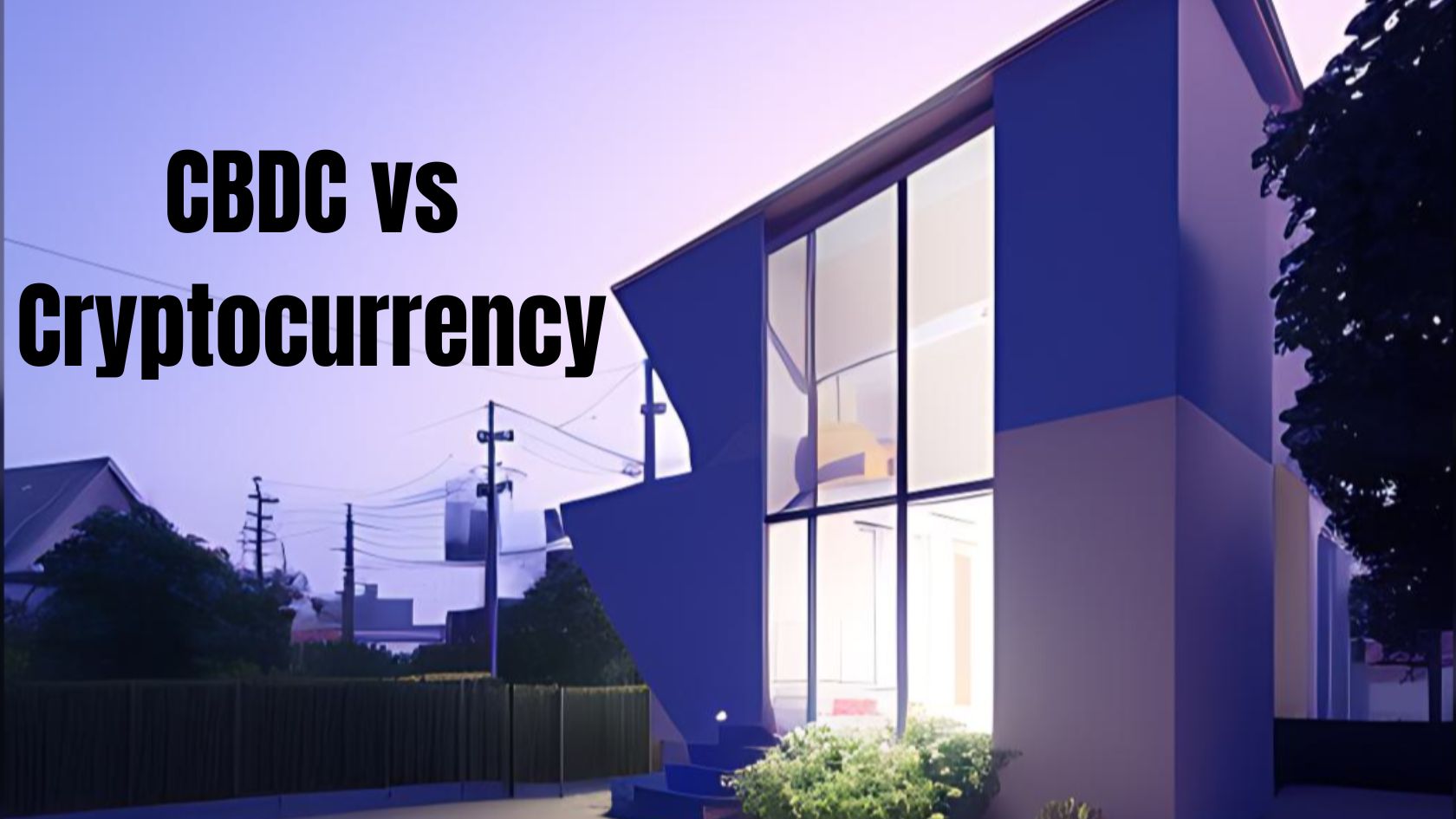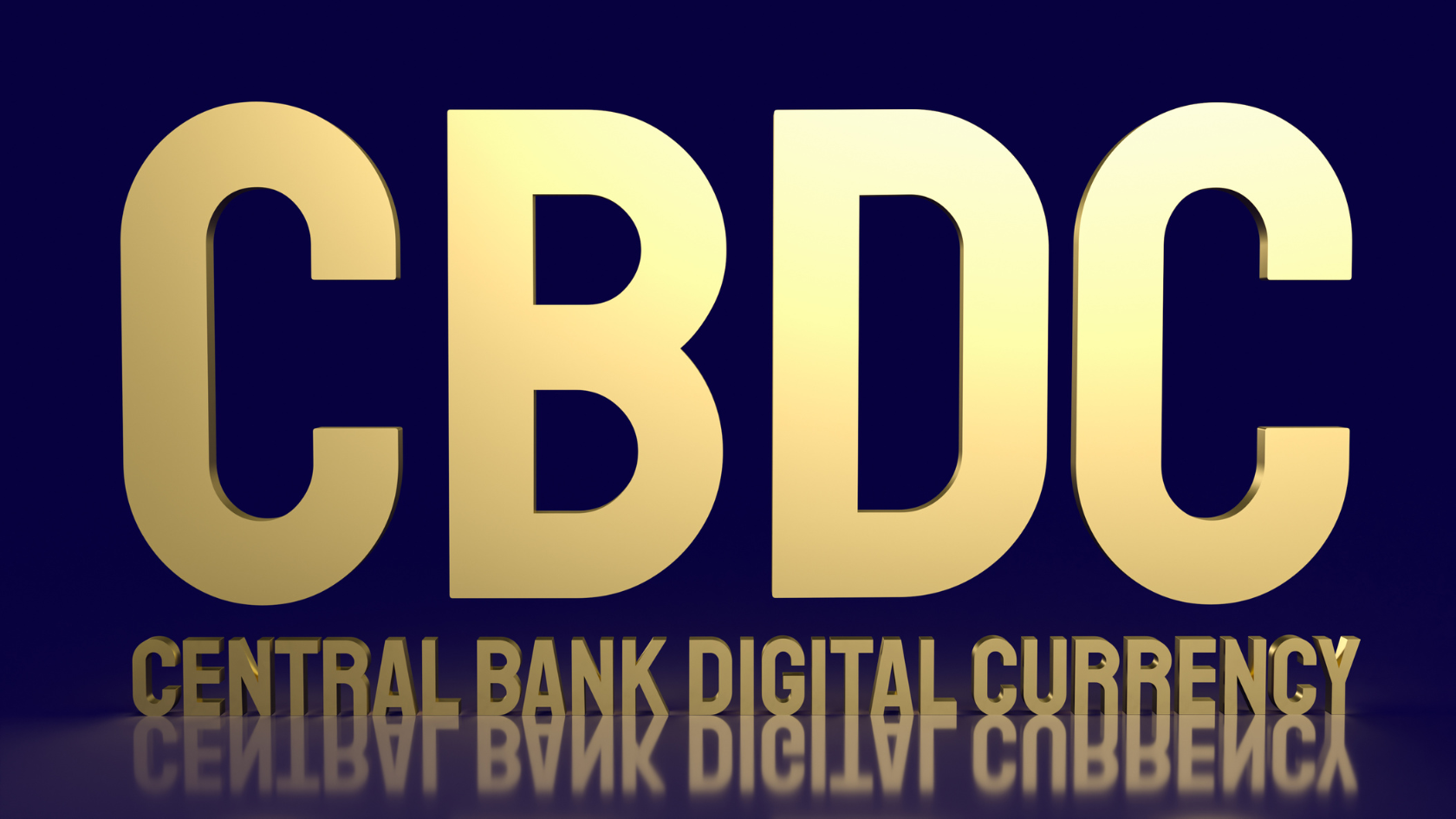Cryptocurrency has taken over the world in such a short time. 10 years ago, the seemingly ubiquitous Bitcoin was relatively unknown, and most people were uninterested in this new technological innovation.
It was reserved for the technologically savvy, the nerds, and geeks interested in the niche elements of the internet like digital currency, Bitcoin mining work, and the raw computational power required for the technology to work.
Bitcoin was cheap at the time, only around a couple of cents to dollars. And if you “mined” Bitcoin, you were most likely one of those overly hopeful technological enthusiasts looking for proof of work. Alternatively, you may have been a savvy investor without much knowledge of mining operations and mining difficulty, looking to get in on the Bitcoin network or Bitcoin mining pools in anticipation of the future price of Bitcoin and mining profitability.
At the time, mining for Bitcoin was not so difficult. Before the boom, all individual miners needed ten to twelve years ago was a decent computer and the computer skills to download and run a few programs.
Within a couple of hours or days, you might get lucky and find yourself with a new coin in your crypto wallet.
Of course, the cryptocurrency had a meager investment value and almost negligent liquid value to trade for something else of value.
No one was interested in buying up large quantities of Bitcoin, and no merchant was accepting Bitcoin in place of cold, hard cash that the traditional banks handed out.
Crypto Rises in Value
Then, suddenly, Bitcoin and all the various cryptocurrencies, including Ethereum, Litecoin, and XRP, started to rise in value. Within only a couple of years, at one point, Bitcoin had peaked over a thousand dollars.
When a short bust followed the cryptocurrency boom for a couple of years, many financial experts scoffed and laughed the new phenomena off. Still, just a few years after hitting a major low, cryptocurrencies started to make their rise again.
Slowly, Bitcoin and other cryptocurrencies started to climb in value, rising as high as $70,000 in value at a certain point.
In its essentially volatile nature, cryptocurrencies, except for perhaps pegged currency such as stable currencies — for example, the USD Coin — will undoubtedly fluctuate in value.
However, what is clear at this point, is that crypto is here to stay, and it will be a significant player in finance, whether by acting like a real currency or by taking the place of an asset that can be traded and moved around and bet on.
How Do I Get New Coins?
So, we get that cryptocurrency is essential and is a significant player in the world of finance now. So what? How can I get some of these coins?
The easiest way, of course, is to buy them with your national currency.
There are now hundreds of trading platforms and exchanges that will gladly take your currency in the national form, such as the American dollar, and convert it into the crypto of your choice. Many of these platforms do not even require you to have any technical skill to acquire these coins, though you will have to pay some transaction fees.
You already have everything you need — just the ability to make an account, log in, and punch in your credit card information to complete your purchases.
Of course, some legal considerations and wise decisions must be made on betting on such a volatile asset. Still, once you have done your due diligence, buying crypto is relatively easy compared to what it used to be.
You may think, “Okay, sure, I get that you can buy and sell these cryptocurrencies as I would any other asset in a traditional market setting. But what I want to know is how these cryptocurrencies work. How is it that these coins exist in the first place? How can I get my hands on getting one myself?
A Very Quick Primer on Cryptocurrency
Well, a quick primer on cryptocurrency is necessary to understand how we can get started with getting our hands on new coins.
There are now many different types of crypto. Many don’t operate like coins but as contracts or even explicit assets in the traditional sense. In the following, we’ll limit our discussion to cryptocurrency proper.
Cryptocurrency is just a type of virtual currency built on what is called the “blockchain.” We shouldn’t multiply our vocabulary here too much, but a blockchain is a decentralized and distributed ledger system that allows for all financial data regarding that particular blockchain system.
There are many different types of these blockchain networks. Still, all of them are similar in that they all store information about the transactions on their being across many computers so that no single set of servers owned by some corporation or government can take control of or hold those sets of ledgers.
Because all these transactions are recorded and stored on different computers, enough computers must process the data passing through the blockchain network.
A set of computers must verify each transaction that goes through the network. We commonly call the process of proving each of these transactions by the computations calculated “mining.”
Now, because this transaction information is encrypted by a cryptographic system (hence the name “cryptocurrency”), the computation takes a toll on the computers that process them.
This means that a lot of computers are needed to calculate these transactions. Additionally, these computers will incur a considerable expense of power and energy for each calculation. The maintenance of such a blockchain system is a highly coordinated activity that occurs only through the power of market economics.
What Is the Incentive To Mine for Coins?
If this modern phenomenon of the cryptocurrency Web 3.0 world is the result of primal theories concerning free market economics, what is the incentive for helping to calculate ledgers for this digital network? Why would anyone want to spend time and money subjecting their computers to the process of verifying transactions?
The simple answer is the answer you expect for any form of a job well done: because you get paid for it. Or rather, better put for the crypto blockchain world because you have the possibility of getting paid.
In mining, your name (or your computer’s name) is, in one sense, thrown into the raffle for a chance to win a brand-new crypto coin.
Now, the rate at which a coin is released into the system is fixed. It is fixed by your ability to calculate the correct hexadecimal code that will verify the ledger, and the verification of the ledger will reward you with a certain sum of the cryptocurrency of your current blockchain.
However, another little detail to keep in mind is that as the number of transactions increases, the amount of calculations you need to work through increases as well — the mining process becomes more complex. The reward received with each successful mining also decreases.
Not only that but the amount of Bitcoin that can ever be produced is fixed. There will only be twenty-one million Bitcoin, the limit of all Bitcoin that will ever exist. After that point, no new Bitcoin will be produced.
How Can I Mine for Crypto?
Cryptocurrency has its basis in the fundamental concepts of finance. The only difference is that the banking system is decentralized and dispersed worldwide in many different computers.
So, how do we go about mining for cryptocurrency for Bitcoin transactions? What are the practical steps you can take?
Deciding Which Coin To Mine
First, you need to ask yourself, which coin do I want to mine? There are hundreds of coins and even more coins derivative of those coins, and we need to ask ourselves which coin will be most beneficial to us — what will be most effective for us to mine?
This is mainly a matter of financial consideration and speculation. That is, just as you survey the land before you start mining for gold, you need to monitor the land of Web 3.0 to see which kind of coin seems to be most promising in its production of value for you.
In this sense, we might better put the analogy as trying to see what kind of mineral or precious stone might yield the best return.
What is necessary is that you do your research to see the trends of the coins, both long and short, and determine for your investment plan what might be best.
One of these considerations you should make is the equipment cost, as the operation cost is always a part of the equation for the profit we get out of the endeavor — we will get to this later.
With that said, now, we need to narrow down to illustrate the basics of mining. Each of the coins has its unique mining methods. When we come down to the specifics of the mining process, we will not be able to explain in detail each of the coins; instead, we will generally consider the mining process with Bitcoin in mind as the standard.
The Equipment
Just as a gold prospector must buy the proper equipment to hunt for gold, the crypto miner must also gather the appropriate equipment for his mining journey. The only difference is that of the material we are collecting.
As you can imagine, the mining equipment we have in mind is a computer — in one form or another.
Now, when crypto was new, and people were ignorant of its magnificent (and infamous) future, it used to be the case that crypto could be mined from a generic computer. It was the case that any computer could do mining with a decent Central Processing Unit (CPU).
Since all computers have a CPU, what this meant was that all you needed to do was install the default Bitcoin miner software, and off you went as a miner. Your equipment was a pickaxe — to maintain the analogy.
However, back then, the valley was full of gold, and the gold sat right at the peaks of the hills. If you swung your pickaxe at just the right spot, out spilled the gold. Of course, it made sense that that was the case back then. Not many people knew the value of cryptocurrency, and most didn’t know how to look in the valley for gold.
A couple of years passed, and suddenly everyone knew there was gold here in this digital valley. People came in with jackhammers and automated tools to dig in the valley. Your pickaxe was old-fashioned, and no gold lay at the top anymore.
You needed to spend a little more to get a little more. Of course, the value of cryptocurrency rose as well, so the endeavor was worth it. The jackhammers and the automated tools are the GPU mining rigs.
GPU Mining Machines and Rigs
GPU mining machines use, well, GPUs. Graphic Processing Units (GPUs) are a lot of smaller CPUs tied together and designed to calculate little sums for graphics on your computer.
However, programmers realized that since the kinds of calculations done in programming are relatively small but very many, GPUs would be a better choice for mining hardware. So, mining became harder.
Then, more people came to the valley. This time, people brought an ASIC or an Application Specific Integrated Circuit. They are analogous to a high-tech mining system specifically created to search out and dig in as many places as possible simultaneously. These ASICs waste little time and are designed only to mine a specific coin, such as Bitcoin or Litecoin.
Everyone uses these ASICs, and making money with Bitcoin mining is a statistical battle with doing as many calculations as possible in mind. Because of this, it is necessary that anyone seriously considering becoming an ASIC miner should use an ASIC machine that fits their criteria of energy usage, efficiency, heat production, and cost of electricity.
What Software Should I Use?
The software depends on the machine you are using to calculate your sums. Most of the software works on very similar principles when it comes to calculations, so you have to consider the additional benefits that the mining software offers.
For example, if you are mining with many different machines at the same time, something that might be very useful for you is software with an algorithm that can easily consolidate the operations of the devices together.
This can increase the hash rate so that each machine can do many calculations simultaneously rather than waste time by calculating the same sums as the others.
There is much software available online for cost and free, and these factors ought to be considered to make the most returns on your endeavor.
Mining Pools
Finally, another thing to consider when getting into mining is to see if it may be valuable for you to join a mining pool. Mining pools are groups of miners that work together to output more computing power and regularize income.
That is because getting a Bitcoin may take a long time for a single miner; by binding together, two miners can enter into an agreement where they might divide it in half and yet generate more Bitcoin and new block rewards as a function of increased productivity.
This way, you can receive income regularly instead of having very irregular paydays.
Conclusion
Cryptocurrency has a very well-designed system for promoting the keeping of the financial system created and maintaining that system. This process requires mining as a crucial element.
This mining process is what allows for the blockchain network and how maintainers of the crypto are rewarded with coins.
Mining for crypto requires a deep consideration of the resources you have and the kind of strategy you want to employ.
Considering the factors such as the hardware equipment you need to do your job, the software you want to use for your mining organization, and the possibility of cooperation in a mining pool are crucial for any miner. As with any investment, they must be willing to take on the risks of such a venture.
American Crypto Academy Can Help
Are you looking to learn more about cryptocurrency and how it works? Head to our blog or check out our other community resources.
American Crypto Academy is run by a team of experts, and we’re dedicated to making cryptocurrency and the blockchain easy, with educational resources and professional programs taught by carefully chosen industry professionals.
Check out the rest of our site to learn more.
Sources:
Bitcoin’s Price History | Investopedia
USD Coin (USDC) – Crypto that’s held to a higher standard | Circle
Blockchain Facts: What Is It, How It Works, and How It Can Be Used | Investopedia
What is Blockchain Technology? | IBM
How to mine cryptocurrency: BTC, ETH, BCH, DOGE | Gemini
The history of cryptocurrency mining | NiceHash
Bitcoin Core integration/staging tree | Bitcoin
https://miningstore.com/bitcoin/what-is-an-asic-bitcoin-mining-rig/
Best Bitcoin Mining Software Of October 2022 | Forbes Advisor





